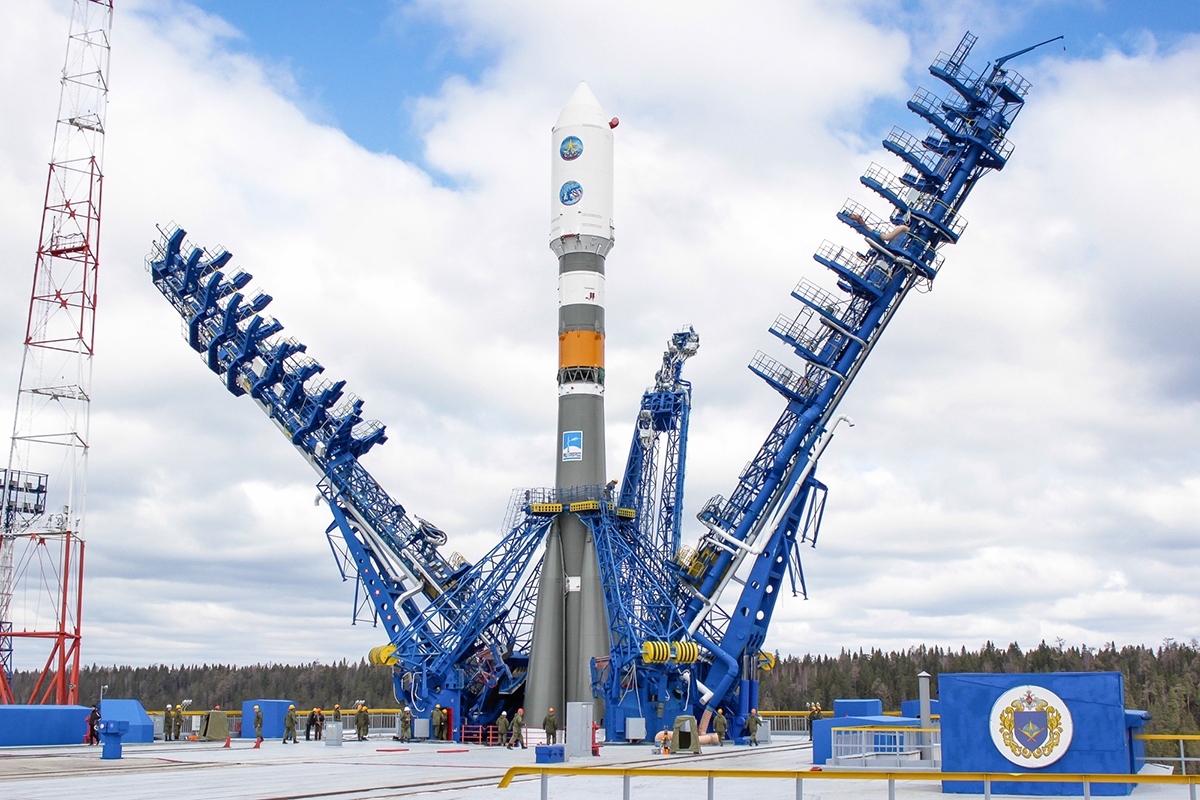On Monday August 1 , a rocket took off in the middle of the night from the Plesetsk cosmodrome in northern Russia.
Its mission, to place the military satellite Kosmos-2558 in orbit. If its precise role is kept secret, it is very likely that it is a spy satellite: its sensors are not turned towards the Earth, but towards another spacecraft.
The best clue to the purpose of this mysterious satellite launch is another, even more mysterious satellite. The USA-326, which was launched aboard a SpaceX Falcon 9 rocket on February 2, is a new model and we still know little about it.
This new high-tech reconnaissance satellite has aroused the curiosity of Russian counterintelligence officers. The Kosmos-2558 thus took off at the exact moment when the USA-326 was passing over the Plesetsk cosmodrome, and must be placed in an orbit almost identical to that of the American in order to fulfill its role of ‘ ‘inspector’ .
“The two orbits are extremely close, the only difference is a few tens of kilometers in orbital altitude,” Marco Langbroek , a specialist in spy satellites , explains to Gizmodo. the Kosmos-2558 is therefore close enough to get some interesting shots of the American newcomer. “We assume that [the Russian satellite] has optimized sensors allowing it to observe other satellites, unlike the usual observation satellites, equipped to take images of the ground” , specifies Marco Langbroek.
As long as the enemy machine remains at a sufficient distance so that there is no risk of collision, this stalking is absolutely nothing illegal. The United States was already surprised to indulge in this practice when in 2017, the military satellite USA-276 approached a mere 6 kilometers from the International Space Station .
More recently, in 2020, another Kosmos probe went to poke its electronic nose into the affairs of a US spy satellite . These two, definitely, do not leave each other.





